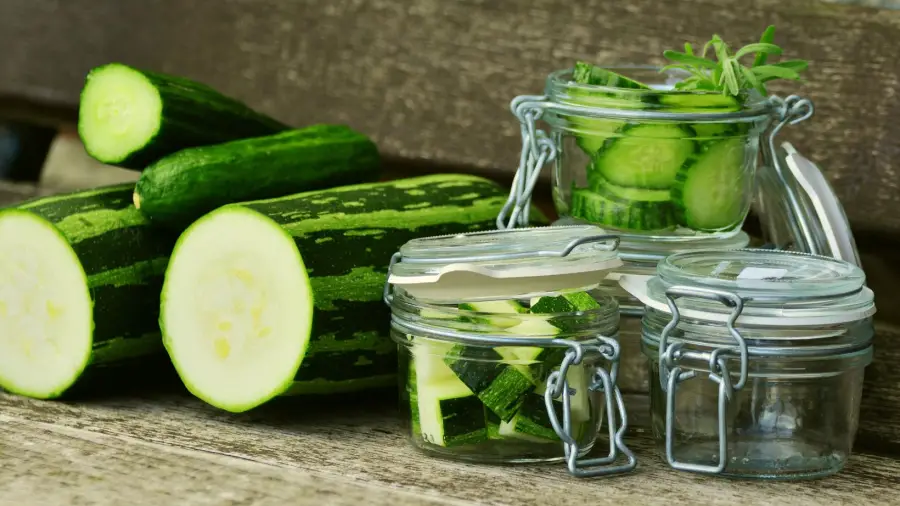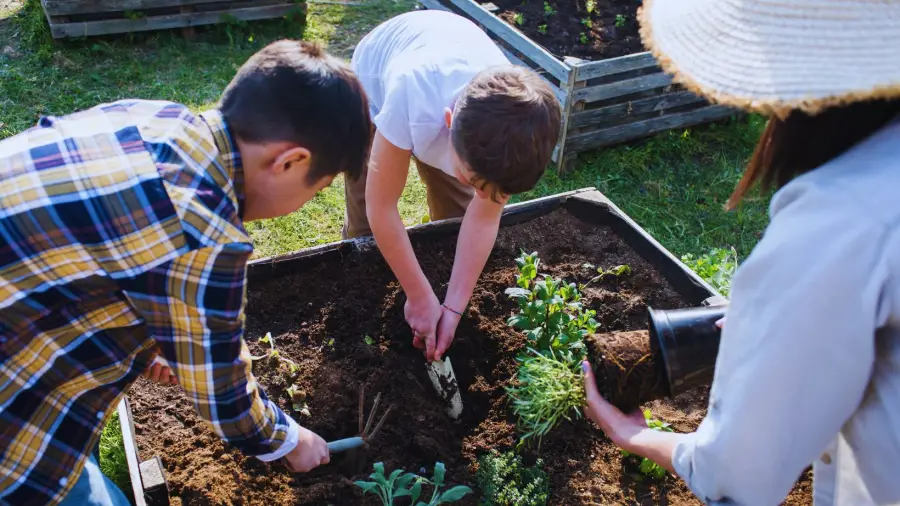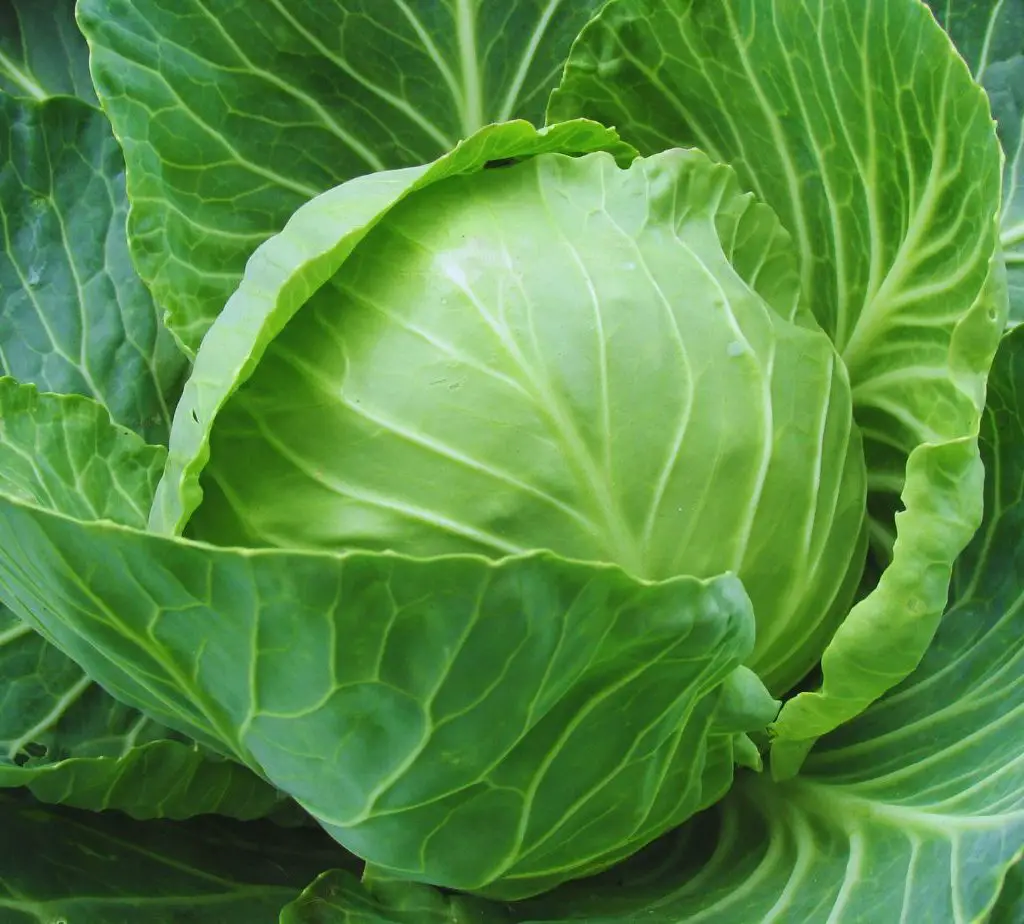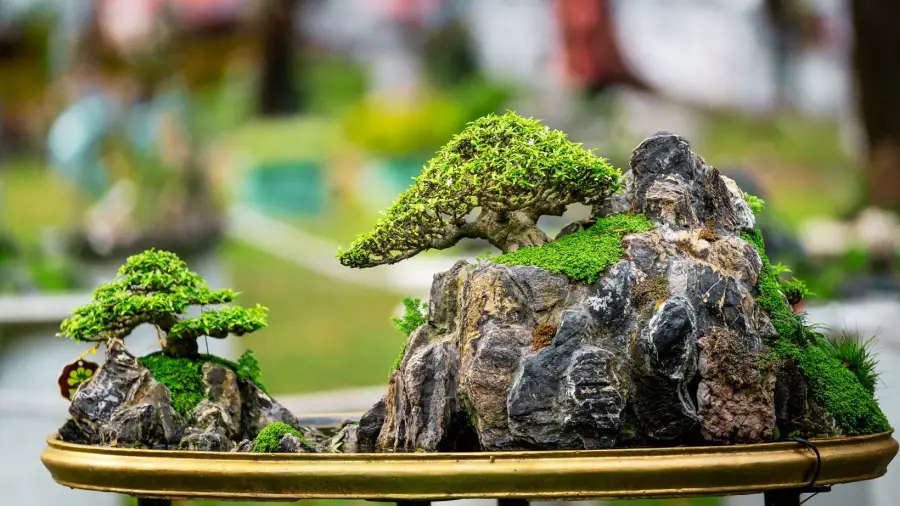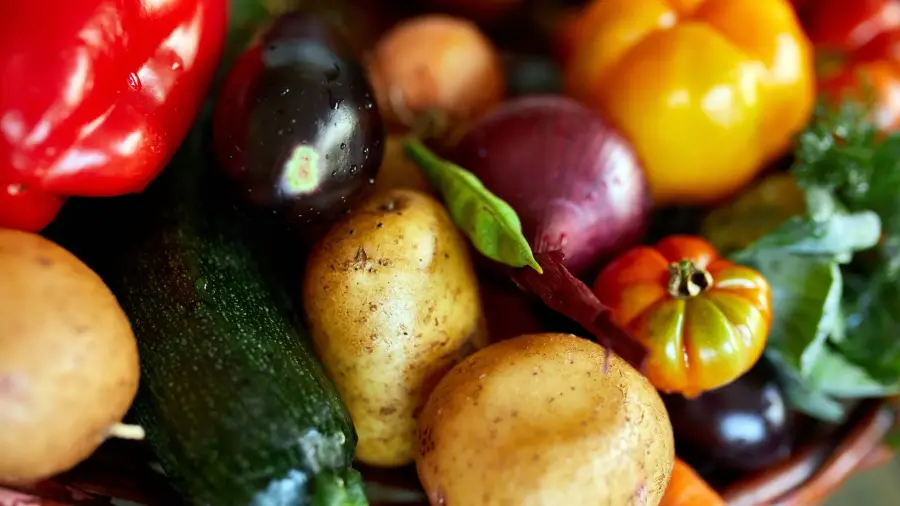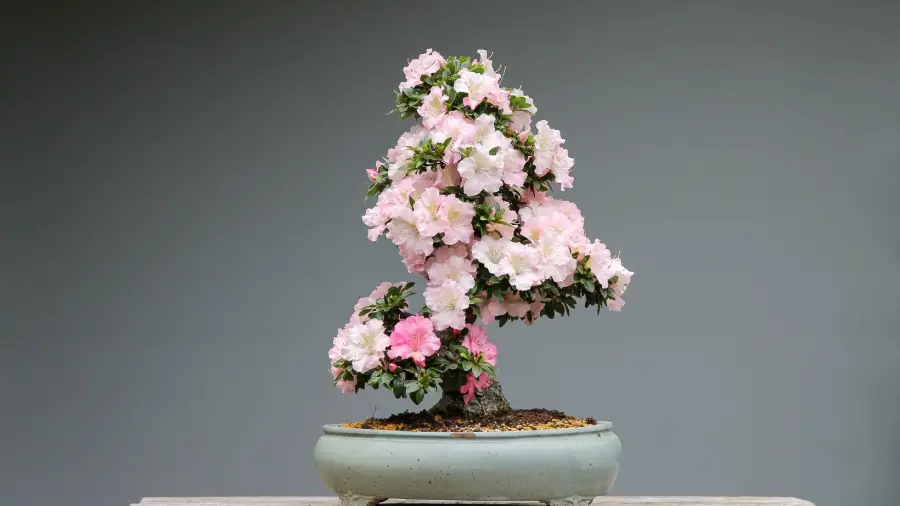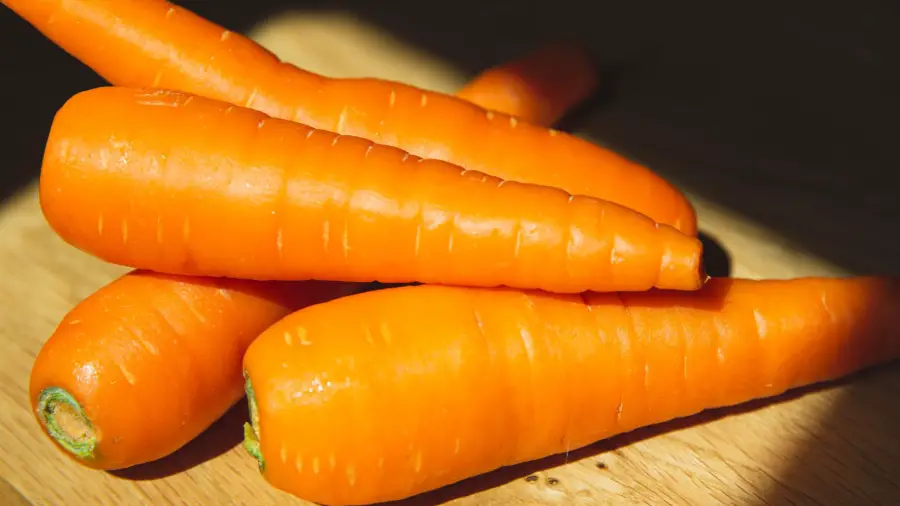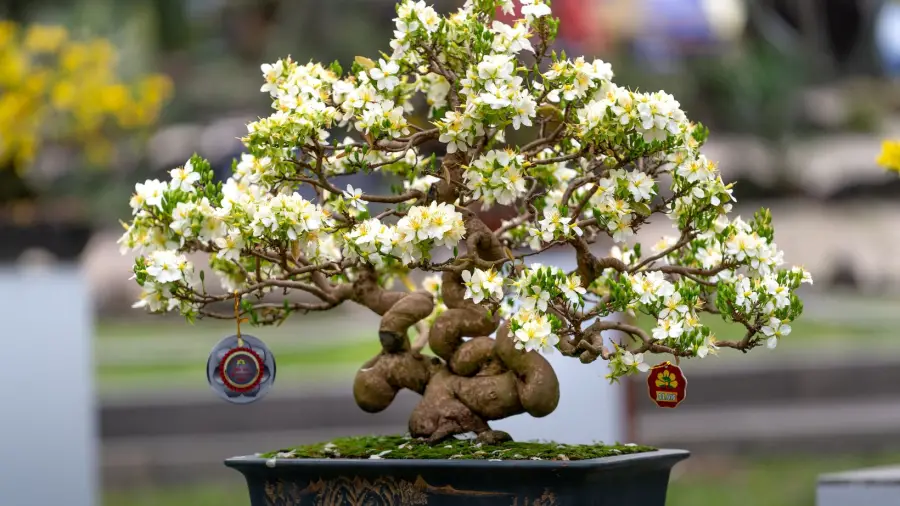In today’s busy world, many people want to grow fresh and healthy veggies at home. One of the easiest and most satisfying veggies to grow organically is cucumbers. These crisp and tasty vegetables are not only delicious but also full of good stuff for your body. In this complete guide, we’ll take you through the process of cucumber gardening, from picking the right types of cucumbers to harvesting a lot of them in your own backyard. Let’s start on a journey to grow your own fresh and healthy veggies!

Table of Contents
- 1. Choosing the Right Cucumber Varieties
- 2. Preparing Your Garden Space
- 3. Getting the Soil Ready for Healthy Cucumbers
- 4. Using Compost Magic
- 5. Planting Cucumber Seeds
- 6. Giving Them Enough Sun
- 7. Watering Your Cucumber Plants
- 8. Giving Them Food for Growth
- 9. Using Trellises and Stakes
- 10. Watching Out for Bugs and Diseases
- 11. Pruning and Training Cucumber Vines
- 12. Knowing When to Harvest
- 13. Picking Your Organic Cucumbers
- 14. Storing and Enjoying Your Homegrown Cucumbers
- 15. Cucumber Gardening: Handling Common Problems
- Conclusion
- FAQs
1. Choosing the Right Cucumber Varieties
To begin your cucumber gardening adventure, you need to pick the right types of cucumbers. There are different kinds to choose from, like those for salads, pickles, or even special kinds like English cucumbers. Go for the ones you like to eat. Slicing cucumbers are great for salads and snacking. Pickling cucumbers are perfect for making your own pickles. English cucumbers are long and don’t have seeds, which makes them great for slicing into sandwiches or enjoying with some hummus.
2. Preparing Your Garden Space
Before you start planting, you have to get your garden ready. Clear out any weeds or junk from the area where you want to grow your cucumbers. Make sure that your cucumber plants will get at least 6-8 hours of sunlight every day. Sunlight is super important for them to grow well. Find a spot in your garden that gets the most sun during the day. If you don’t have much space, you can use containers or grow your cucumbers vertically.
3. Getting the Soil Ready for Healthy Cucumbers
Healthy cucumbers need good soil. First, check the pH of your soil and fix it if it’s not between 6.0 and 6.8. You want well-draining soil that’s rich in organic matter. Organic matter can be things like compost or well-rotted manure. This stuff makes the soil better for your cucumbers. Mix in a good amount of organic matter into your garden bed to give your cucumber plants the nutrients they need.
4. Using Compost Magic
Composting is a great way to make your soil even better. Make a compost pile in your backyard and toss in things like fruit and veggie scraps, coffee grounds, and eggshells from your kitchen. Turn the compost often so it breaks down properly. When it’s ready, put it in your garden bed to give your cucumber plants a steady supply of nutrients. Compost also helps the soil hold onto water and lets your cucumber roots grow better.
5. Planting Cucumber Seeds
You’re ready to plant your cucumber seeds once the last frost of the season is over. Follow the instructions on the seed packet for how far apart and how deep to plant them. Usually, you’ll plant cucumber seeds about an inch deep and space them 12 to 24 inches apart, depending on the kind you’re growing. If you’re using containers, get ones that are at least 5 gallons in size. Plant 2-3 seeds per container and remove the weaker ones once they start growing.
6. Giving Them Enough Sun
Cucumber plants love sunlight. Make sure they get lots of sun so they can make healthy cucumbers. If you’re growing cucumbers indoors or in a greenhouse, you might need to use grow lights to help them out.
7. Watering Your Cucumber Plants
Watering your cucumbers regularly is super important, especially when it’s hot outside. Keep the soil nice and moist, but don’t drown it. Cucumber plants have shallow roots, so they need water often and evenly. Water them at the base to keep the leaves dry and to stop fungus from growing. You can use a soaker hose or a drip system to water them efficiently.
8. Giving Them Food for Growth
Your cucumber plants need food to grow well and give you lots of cucumbers. Use organic fertilizer that releases nutrients slowly. Follow the instructions on the package and don’t use too much, or your plants might make too many leaves and not enough fruit.
9. Using Trellises and Stakes
To save space and keep your cucumbers off the ground, you can use trellises or stakes. This also helps air flow better and lowers the chance of diseases. Cucumber vines can get really long and wild, so using something like a trellis makes it easier to see and pick your cucumbers. You can gently tie the vines to the trellis or stakes as they grow.
10. Watching Out for Bugs and Diseases
Keep an eye out for cucumber pests like aphids, cucumber beetles, and spider mites. Use natural ways to keep them away from your plants. One way is to release helpful insects like ladybugs or lacewings to eat the pests. Check your plants often for signs of diseases like powdery mildew or downy mildew. If you see them early, you can use natural fungicides or neem oil to fix the problem.
11. Pruning and Training Cucumber Vines
Cut back and guide your cucumber vines as they grow. This helps air move around the plants better, lowers the risk of disease, and makes it easier to find and pick cucumbers. When the vines are about 12 inches long, pinch off the tips to make them branch out sideways. Remove any leaves that are damaged or turning yellow. Be gentle with the vines so you don’t hurt the little curly things they use to grab onto supports.
12. Knowing When to Harvest
To enjoy your cucumbers at their best, you need to know when they’re ready to pick. Usually, they’re good to go when they’re firm, green, and about 6-8 inches long. But check the guidelines for your specific cucumber type, as some grow longer or shorter. Don’t let them get too ripe, or they might taste bitter and be tough.
13. Picking Your Organic Cucumbers
When it’s time to pick your cucumbers, be gentle. Use scissors or a sharp knife to cut them from the plant, leaving a small piece of stem attached to the cucumber. This helps them stay fresh longer. Keep picking cucumbers often to encourage more to grow on your plants. The more you pick, the more cucumbers you’ll get.
14. Storing and Enjoying Your Homegrown Cucumbers
To keep your cucumbers fresh, store them in the fridge. You can put them in a bag with holes or wrap them in a damp paper towel to keep them crunchy. Cucumbers can last up to a week in the fridge. Eat them in different ways, like in salads, sandwiches, or as a healthy snack with dip. Homegrown cucumbers make your meals extra tasty!
15. Cucumber Gardening: Handling Common Problems
Even if you do everything right, you might run into some issues while growing cucumbers. Here are some tips to deal with them:
- Yellow Leaves: If your leaves turn yellow, it might mean your plants need more nutrients or water. Make sure they’re getting enough of both.
- Powdery Mildew: This is a common fungus that can affect cucumber plants. To stop it, make sure your plants have space to breathe, don’t crowd them, and use natural fungicides if needed.
- Misshapen Cucumbers: Cucumbers that look weird can happen because of uneven watering or poor pollination. Make sure you water your plants evenly, and if you see flowers not turning into cucumbers, you can pollinate them by hand.
Conclusion
Growing cucumbers organically is a great way to enjoy fresh and healthy veggies right from your garden. By following these detailed steps, you can grow delicious cucumbers in your own backyard. Enjoy the taste of homegrown goodness and the satisfaction of knowing you’ve grown your food naturally!

FAQs
How long does it take for cucumbers to grow?
Usually, it takes 50 to 70 days from planting to harvest, but it depends on the type and how you care for them.
Can I grow cucumbers in containers?
Yes, you can grow cucumbers in big containers, as long as they get enough support and sunlight.
What are common pests that affect cucumber plants?
Common pests include aphids, cucumber beetles, and spider mites. Use natural methods to keep them away.
How do I prevent powdery mildew on cucumber plants?
Make sure your plants have enough space, good air flow, and use natural fungicides if you see powdery mildew.
Are there cucumber varieties for pickling?
Yes, there are cucumber types specifically for making pickles. Look for them when planning your garden.
Cucumber gardening is deeply fulfilling, connecting you with nature as you nurture your plants. Enjoy the fresh, homegrown cucumbers on your table, a testament to your dedication and the harmony between humans and the earth.
(To know more about Organic Cucumber Gardening idea: https://bonsainurserybd.com/organic-gardening-101/ )
